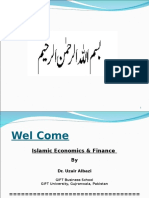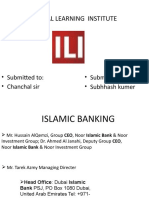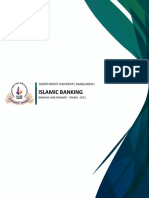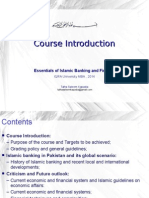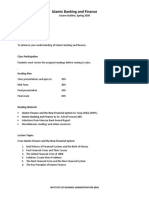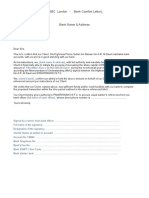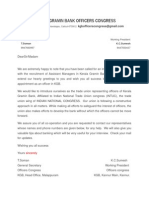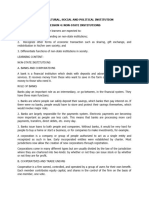0% found this document useful (0 votes)
41 views23 pagesModule 1 - Introduction
The document outlines the structure and content of a Master's program in Islamic Finance, detailing core courses, electives, and concentrations available to students. It also introduces the principles of Islamic banking, emphasizing the prohibition of interest (riba) and the ethical considerations in financial transactions. Additionally, it highlights the instructor's background and research interests in Islamic banking and finance.
Uploaded by
yerzhan.zxcCopyright
© © All Rights Reserved
We take content rights seriously. If you suspect this is your content, claim it here.
Available Formats
Download as PPTX, PDF, TXT or read online on Scribd
0% found this document useful (0 votes)
41 views23 pagesModule 1 - Introduction
The document outlines the structure and content of a Master's program in Islamic Finance, detailing core courses, electives, and concentrations available to students. It also introduces the principles of Islamic banking, emphasizing the prohibition of interest (riba) and the ethical considerations in financial transactions. Additionally, it highlights the instructor's background and research interests in Islamic banking and finance.
Uploaded by
yerzhan.zxcCopyright
© © All Rights Reserved
We take content rights seriously. If you suspect this is your content, claim it here.
Available Formats
Download as PPTX, PDF, TXT or read online on Scribd
/ 23
